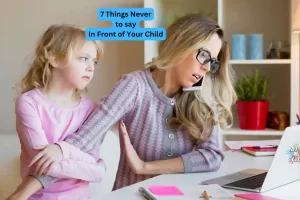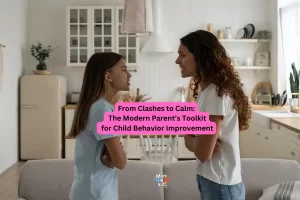by Stacey Schifferdecker
Little boys chasing little girls on the playground. Middle-school girls making fun of another girl who just got braces. A teenager accidentally knocking another boy into his locker—every day. Are these incidents bullying or not? Where is the line between teasing and bullying?
The simple answer comes down to motivation and reaction. Are the little boys on the playground trying to scare and even hurt the little girls? If so, they are being bullies. Anyone who deliberately tries to cause pain to someone else is bullying them.
Bullying can be anything from physical attacks to name calling, damaging belongings, spreading rumors, excluding or threatening others, or making others do something they don’t want to do. Bullying can have terrible consequences, for both the victim and the bully. Victims end up feeling lonely, unhappy, frightened, and unsafe. They often start skipping school and even get physically sick. In the most extreme cases, they may commit suicide. And the future is no brighter for bullies. Young people who bully are more likely to drop out of school, get into fights, smoke, drink, and end up in prison.
Fortunately, bullying is a learned behavior and it can be unlearned. What can you, as a [tag-ice]parent[/tag-ice], do to stop bullying now?
First of all, you must recognize the problem and stand up for the victim. Sometimes, young people are bullied because they are different or look like they won’t stand up for themselves. You need to help these children feel safe and secure so they can develop confidence to stand up for themselves.
Children may be afraid or embarrassed to talk about [tag-tec]bullying[/tag-tec]. If you suspect a child may be a target of bullying, watch for signs, such as wanting to be driven to school instead of taking the bus, unexplained stomachaches or headaches, or changes in sleep routines or temperament. If the signs point to bullying, ask the child questions such as
- Did someone hurt you on purpose?
- Is the other person bigger than you or scary to you?
- Did the child know you were being hurt?
Some techniques you can suggest that might work to stop bullies include:
- Ignoring them
- Staying in a group of friends
- Walking away when the bullying starts
- Acting confident
- Staying calm
You can also encourage bullied children to explore new interests and develop new skills. This will help them increase their self-confidence and meet new people.
Second, try to understand that bullies needs help too. There are a lot of reasons children [tag-self]bully[/tag-self]. They may think bullying will make them look tough and in charge so they will be more popular. They may not understand how wrong their behavior is and how it makes the person being bullied feel. They may even be a victim of bullying themselves.
Third, get your school involved. Schools are required to respond to bullying. If your school doesn’t have an anti-bullying program, get one started. Schools can cut bullying in half by
- Raising awareness about bullying
- Increasing teacher and parent involvement and supervision
- Forming and enforcing clear rules against bullying in all forms
- Providing support and protection for all students
The best anti-bullying program will be three-pronged:
- Helping bullied children learn how to stop being victims
- Helping bullies learn how to stop being bullies
- Helping witnesses learn how to take a stand against bullying
Above all, don’t dismiss bullying as “part of growing up.” If a child comes to you with tales of bullying, you have a responsibility to help. It took that child a lot of courage to come to you, so don’t turn your back and walk away. Bullying ends only when adults and children stand strong together and say “Enough!”
So let’s go back to the playground where the boys are chasing the girls. Still not sure if bullying is going on? Alert a teacher or step in yourself and talk to the kids. If everyone is having fun and no rules are being broken, let the game continue. But if the boys seem malicious or the girls scared, stop everything! Help the boys see how the girls are feeling, and help the girls see how they can stand up for themselves. Remember—if you do nothing, you’re saying that bullying is okay with you.
Stacey Schifferdecker is the happy but harried mother of three school-aged children—two boys and a girl. She is also a freelance writer, a Children’s Minister, a PTA volunteer, and a Scout leader. Stacey has a Bachelor’s degree in Communications and French and a Master’s degree in English. She has written extensively about parenting and education as well as business, technology, travel, and hobbies.
No part of this article may be copied or reproduced in any form without the express permission of More4Kids Inc © 2006











1 Comment